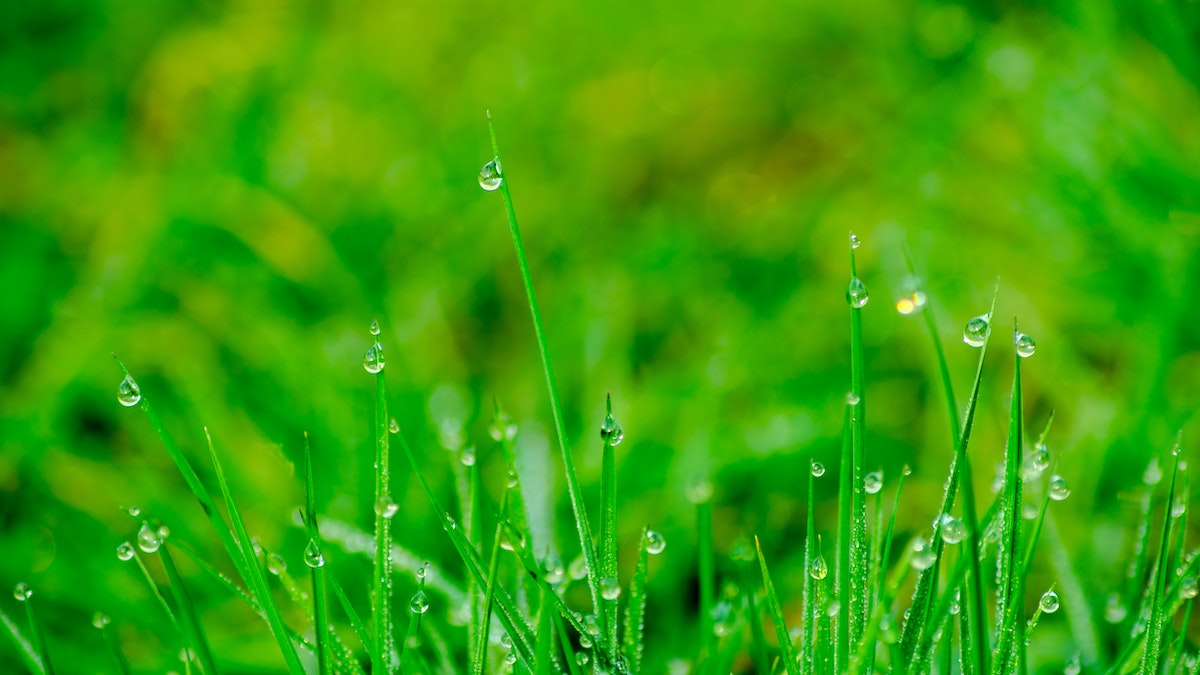Spring is finally here, and it’s time to get your lawn ready for the warm months ahead. One of the most important things you can do is to give your lawn the nutrients it needs to grow strong and healthy. That’s why choosing the right spring lawn fertilizer is crucial.
With so many options on the market, it can be difficult to know what to look for. However, by understanding what to expect from the best spring lawn fertilizers, you can ensure that your lawn is the envy of the neighborhood.
In this article, we’ll explore what to look for in the best spring lawn fertilizer, so you can make an informed decision and get the most out of your lawn this season.
Table of Contents
Good NPK Ratio
When it comes to choosing the best spring lawn fertilizer, one of the most important things to consider is the NPK ratio.
NPK stands for nitrogen, phosphorus, and potassium, which are the three main nutrients that your lawn needs to grow. The NPK ratio is the ratio of these three nutrients in the fertilizer. Optimum fertilizer ratios ideal for summer include 10-0-4, 15-0-8, and 6-0-0 as they will keep your grass strong and healthy when it’s hot all while preventing fertilizer burn.
That said, different types of lawns have different nutrient requirements, which is why it’s important to choose a fertilizer with the right NPK ratio for your specific lawn. For example, if you have a cool-season lawn, you’ll want a fertilizer with a higher nitrogen content to encourage lush green growth. On the other hand, if you have a warm-season lawn, you’ll want a fertilizer with a higher potassium content to help the grass withstand heat and drought.
Easy to Spread Granules
Another important factor to consider when choosing a spring lawn fertilizer is the granule size and spreadability. You want a fertilizer that is easy to spread evenly across your lawn, without clumping or creating bare spots.
Granule size is an important consideration, as larger granules can be more difficult to spread evenly. Look for a fertilizer with smaller, uniform granules that will spread more easily. You may also want to choose a fertilizer with a slow-release formula, which will release nutrients gradually over time and reduce the risk of burning your lawn.
In addition to granule size, consider the spreader you’ll be using to apply the fertilizer. Some fertilizers are designed to be used with specific types of spreaders, so make sure you choose a fertilizer that is compatible with your spreader.
Make Sure It’s Organic
If you’re concerned about the environmental impact of your lawn care routine, you may want to consider using an organic fertilizer.
Organic fertilizers are made from natural ingredients and are free from synthetic chemicals, making them a more eco-friendly option. They also tend to be gentler on your lawn, as they release nutrients slowly over time rather than all at once. This can help prevent burning and other issues that can arise from using synthetic fertilizers.
When choosing an organic fertilizer, look for one that is certified by a reputable organization such as the Organic Materials Review Institute (OMRI). This will ensure that the fertilizer meets strict standards for organic production and does not contain any harmful chemicals or additives.
Conclusion
Choosing the best spring lawn fertilizer is an important part of preparing your lawn for the warmer months ahead. By considering the nutrients, NPK ratio, granule size and spreadability, and organic options, you can ensure that your lawn is getting the nutrients it needs to thrive.
With that said, there are other steps you can take to prepare your lawn for spring apart from fertilizing. These include aerating the soil to improve drainage, overseeding to fill in bare spots, and mowing regularly to encourage healthy growth.
With a little bit of effort, you can have a lush, healthy lawn that you can enjoy all season long.

Alex is fascinated with “understanding” people. It’s actually what drives everything he does. He believes in a thoughtful exploration of how you shape your thoughts, experience of the world.



